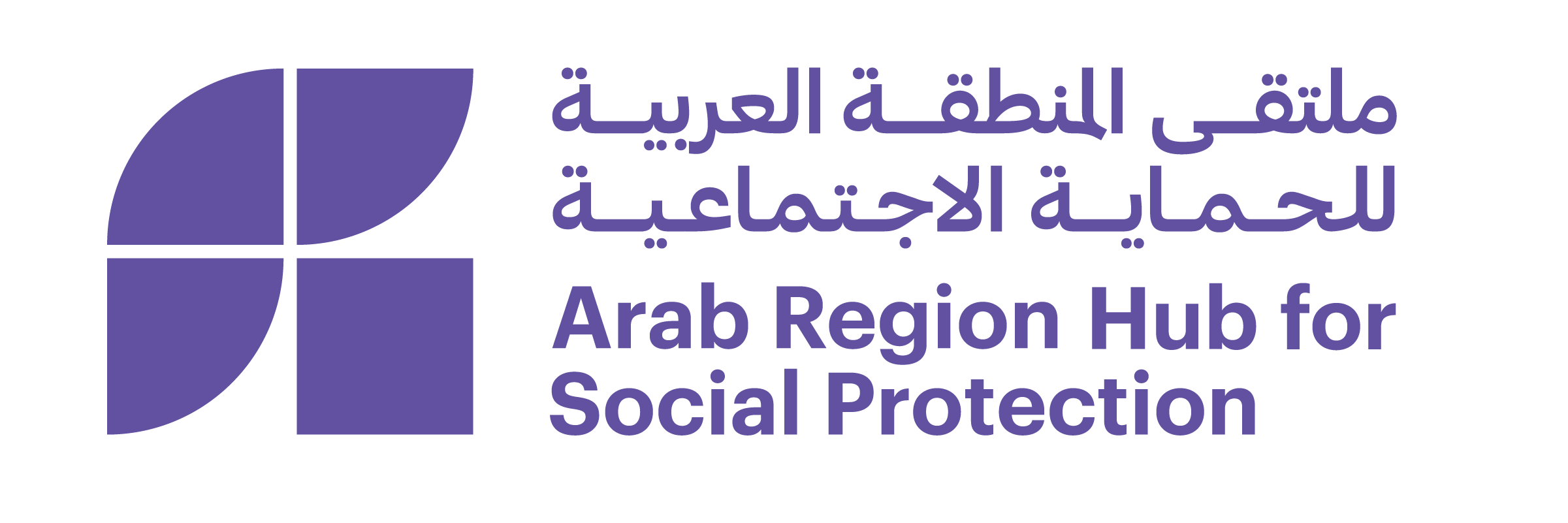
In the 30 years since girls’ education was first raised as an international policy priority, tremendous progress has been made in getting girls into school. UNESCO (2020) reports that since 1995, an additional 180 million girls have been enrolled in school. Yet hundreds of millions remain out of school – and of the children who are completely denied their right to an education, three-quarters are girls. In fact, in addition to participation barriers, girls also face barriers to learning.
A joint project between UNICEF, the FCDO and ODI, this paper focuses specifically on barriers to girls’ education, and identifies pathways through which different types of social protection measures can address these barriers across the course of childhood and adolescence. Multiple barriers remain for children, many of which are highly gendered in nature – from inadequate safe transportation, to financial barriers to obtaining books, uniforms or other necessary materials, to gender norms at the community level.
Evidence demonstrates that social protection can increase girls’ participation (enrolment, attendance, and progression) in basic and secondary education in low- and middle-income country (LMIC) contexts around the globe, and can also support their learning. The paper includes a set of ‘maps’ that seek to visually represent, in an accessible way, different types of barriers and how social protection could contribute to tackling these, from cash transfers and school feeding programmes, to health insurance and fee waives, to bikes/transportation vouchers, childcare subsidies and more.
To read the report: click here
Disclaimer: Except for articles published on Blog Tadamon and the content of the resource pages, all materials on this website, including their respective photographs, are indexed from their original sources. All rights remain with the respective copyright holders.

Comments are closed, but trackbacks and pingbacks are open.